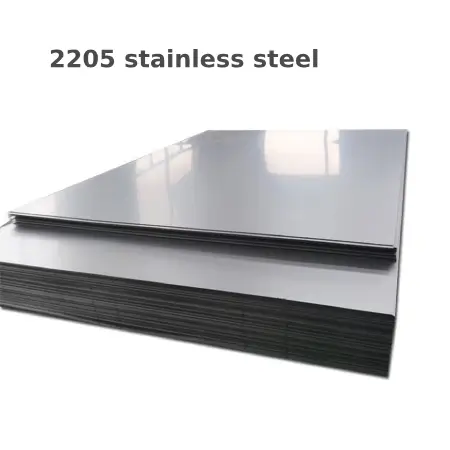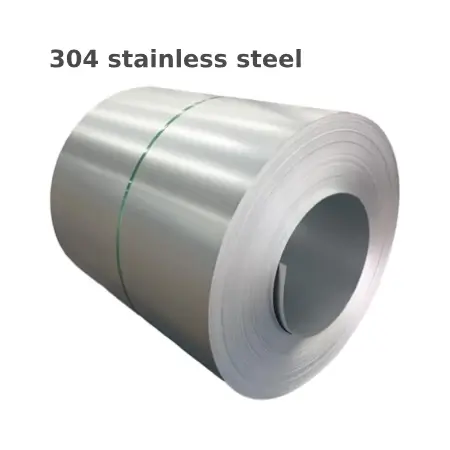436 Stainless steel also referred to as EN1.4169 or AISI 436. is a ferritic stainless steel known for its exceptional corrosion resistance and ease of fabrication. It includes a higher chromium content than 430 series but doesn't contain nickel, making it a more cost-effective alternative to austenitic stainless steels.
Introduction to 436 Stainless Steel
Material Composition: 436 Stainless steel typically contains about 16% to 20% chromium and may also include small amounts of carbon, silicon, manganese, and phosphorus. The high chromium content provides excellent resistance to corrosion, while the absence of nickel keeps the production cost reasonable.
Corrosion Resistance: It exhibits high resistance to a variety of corrosive substances, particularly to oxidizing acids. Its performance can be on par with more commonly used stainless steels such as 304 in certain environments.
Formability: This grade of stainless steel is easy to form due to its ferritic structure, which makes it suitable for stampings and deep-drawn parts.
Weldability: Although it can be welded, the welding process can sometimes lead to increased carbon content, which can cause sensitization and reduce intergranular corrosion resistance. A stabilizing heat treatment after welding may be necessary.
Heat Treatment: Stainless steel 436 can be solution annealed to relieve stresses from machining or forming and to stabilize its microstructure.
Applications: It is used in applications such as household appliances, cutlery, architectural trim, automotive parts, and chemical processing equipment where a high level of cleanliness, durability, and corrosion resistance are required.
Surface Finishes: It can have various surface finishes, including mirror polish, brushed, and hairline finishes, to suit different aesthetic needs.
Chemical Stability: Due to the high chromium content, stainless steel 436 has good stability in chemical environments and is often used in chemical process equipment and similar areas.
Low Maintenance: Like other stainless steels, it has low maintenance costs and can be easily cleaned and sanitized.
Recyclability: 436 stainless steel is fully recyclable, contributing to its sustainability and ecological friendliness.
Special Considerations: Due to its high chromium content, it tends to have better heat resistance than some austenitic stainless steels and is often used in high-temperature applications.
436 Stainless steel is chosen for its cost-effectiveness and high corrosion resistance compared to austenitic stainless steels. Its use is extensive in various industries where a combination of cleanliness, durability, and resistance to corrosion is essential.






